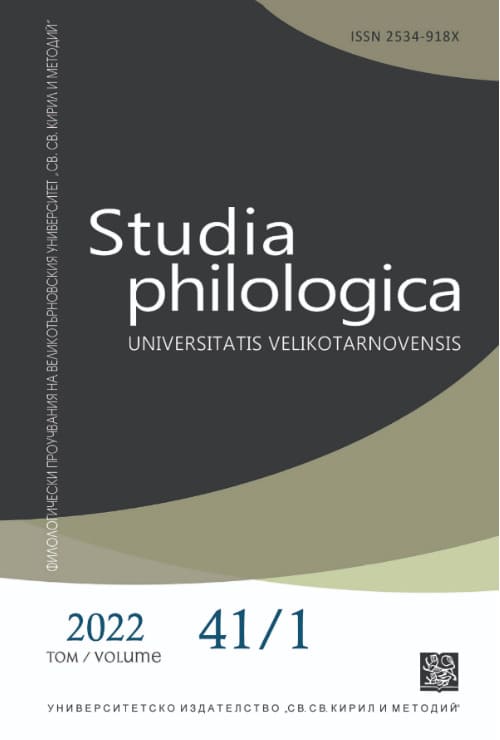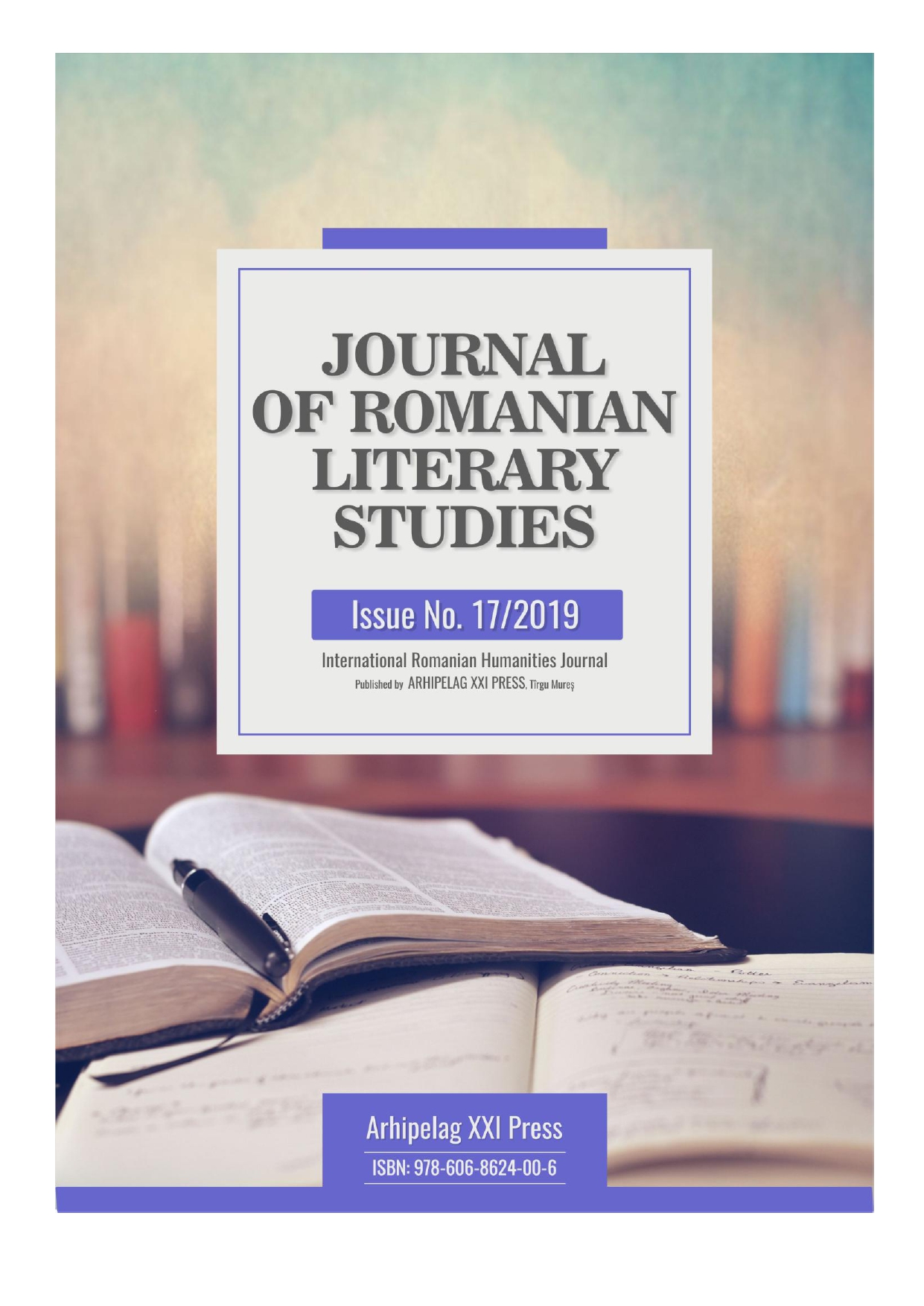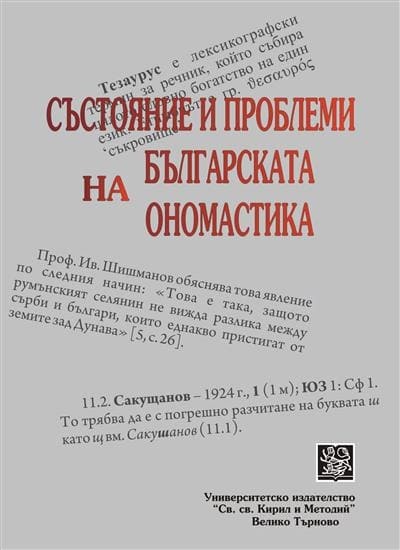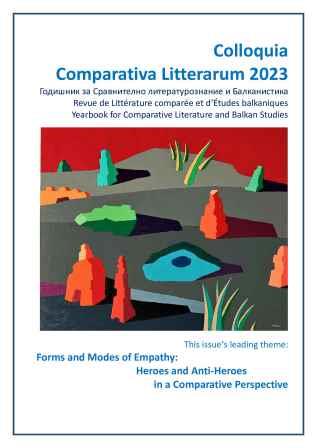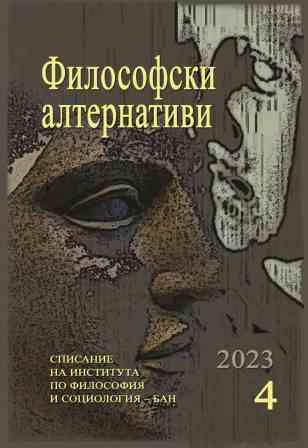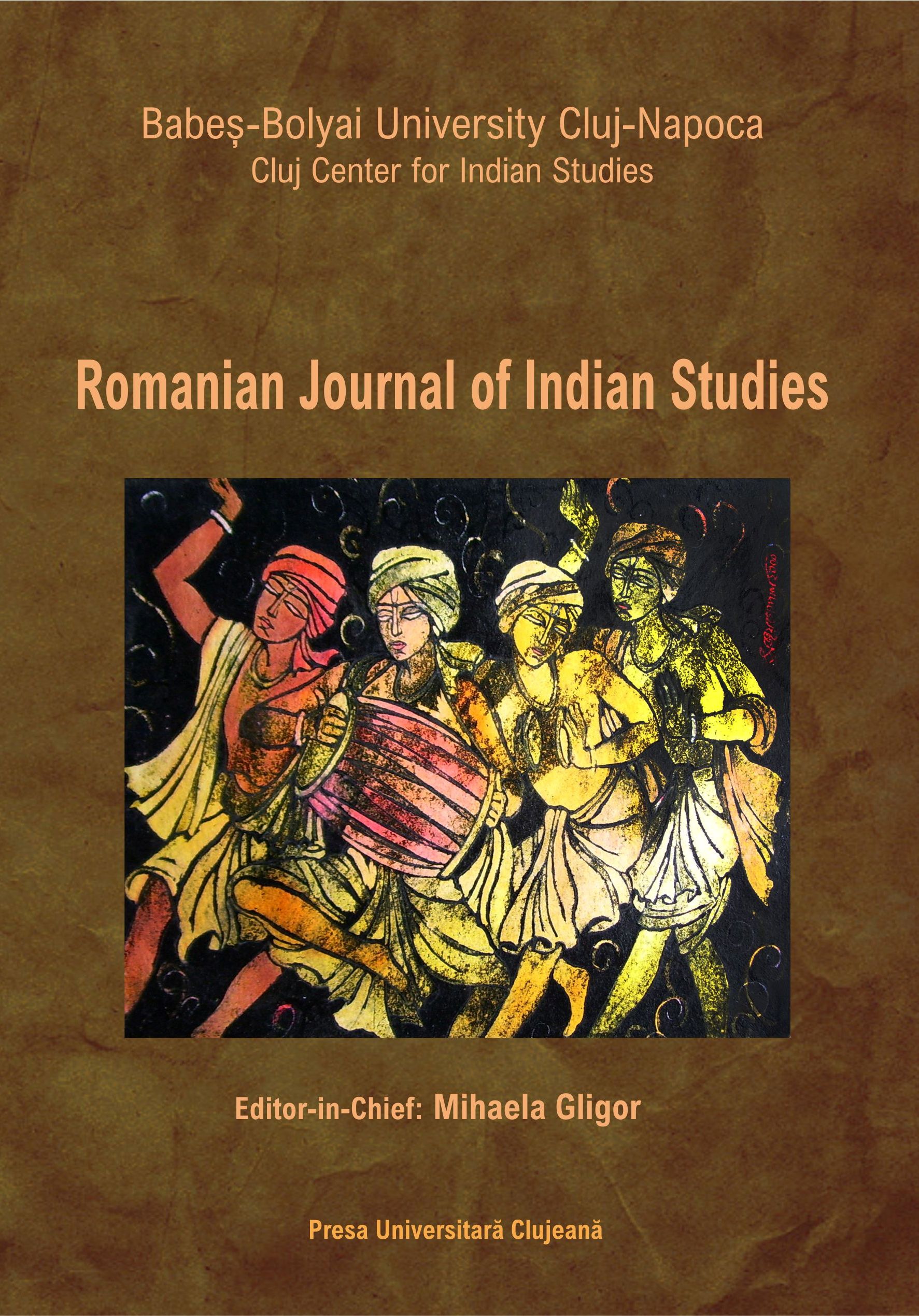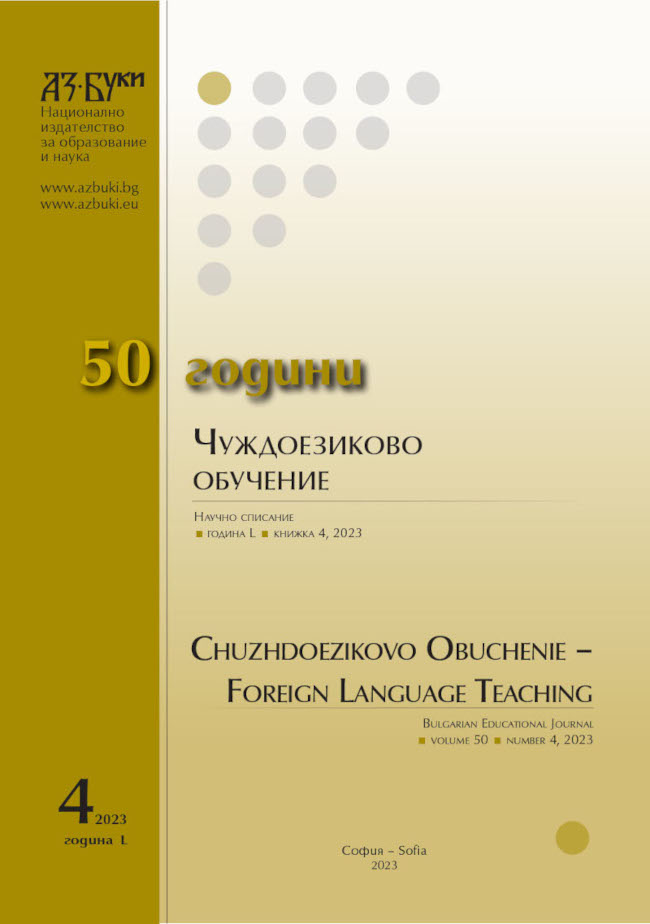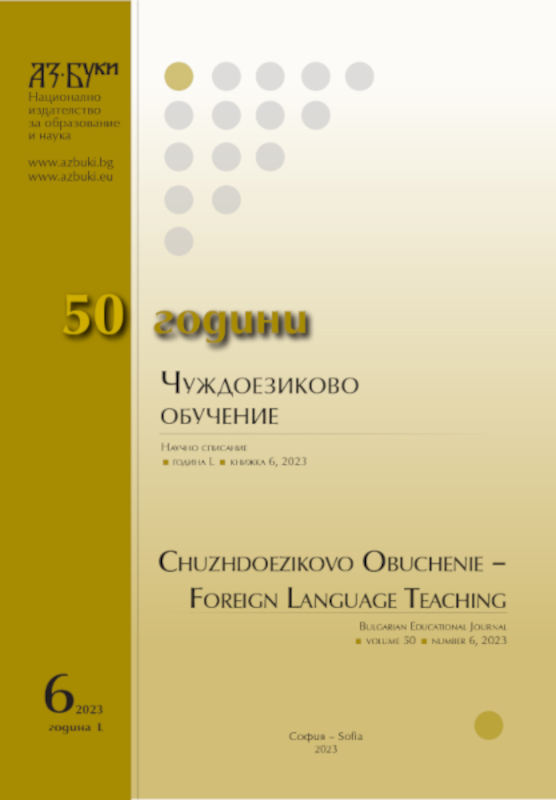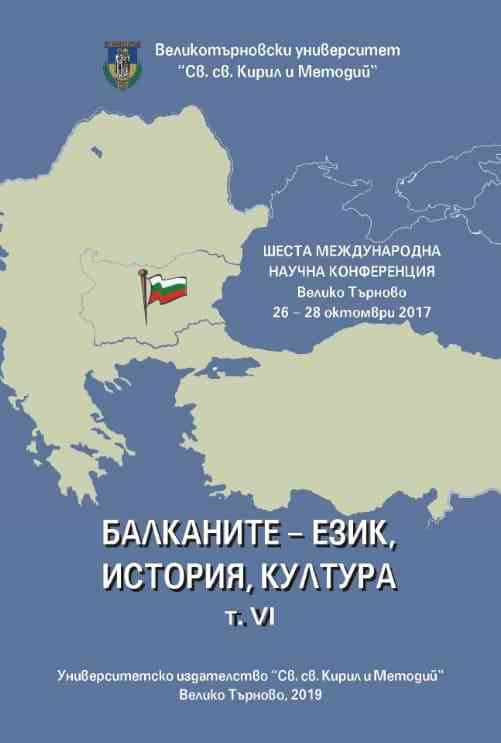
Диалогът на културите в романите на български и турски автори „мигранти“ (Емине Йоцдамар, Феридун Заимоглу, Илия Троянов, Димитър Динев)
The basic link between the four authors, mentioned in the title of the present research, is the constituting of the dialogue between the cultures in the topos of ‘between’, ‘the border space’. Central to the plotline of the novels are the so-called ‘not-places’ (non-lieux, Nicht-Orte) (Auge), transtopoi (Foucault) - airports, railway stations, harbours, planes, trains, ships, refugee camps, hotels, vacation places, parking lots, gas-stations, shopping malls. „The open“ spaces are not the only local markers; they often turn into a main character in that type of literary texts. These are the spaces that question standard models of behaviour and thinking; that change identities, transfer and gather together different cultural standards.
More...
